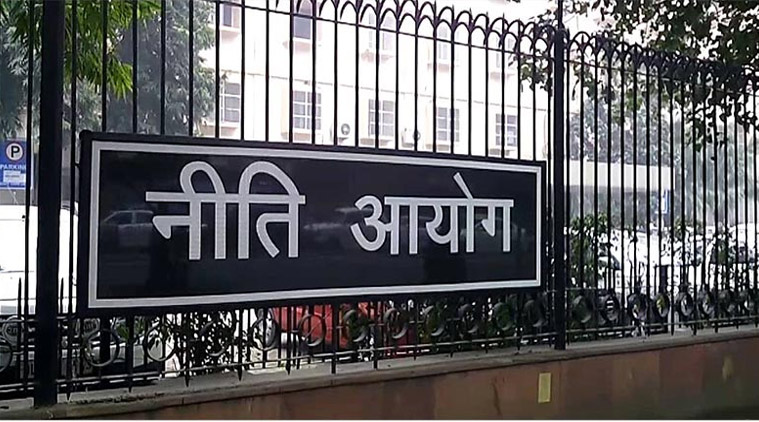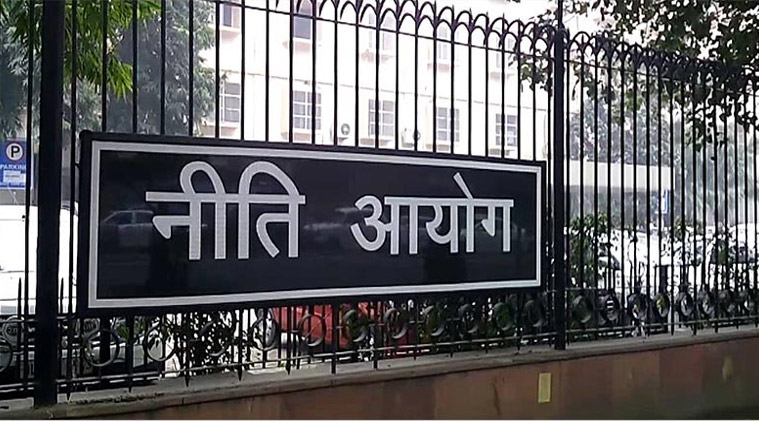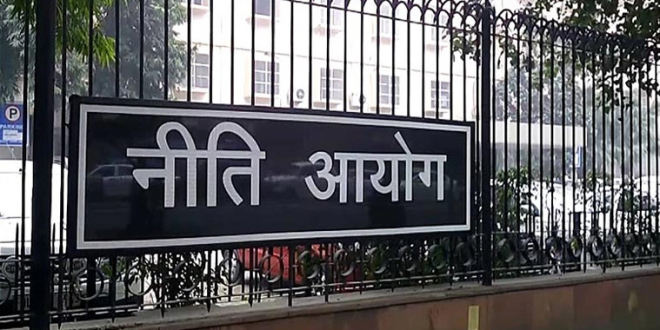
 Niti Aayog brought out a book titled Good Practices Resource Book 2015, focusing on social-sector delivery. Social-sector delivery is part of the Niti mandate, as is the dissemination of good practices.
Niti Aayog brought out a book titled Good Practices Resource Book 2015, focusing on social-sector delivery. Social-sector delivery is part of the Niti mandate, as is the dissemination of good practices.
Recently, in collaboration with the UNDP, Niti Aayog brought out a book titled Good Practices Resource Book 2015, focusing on social-sector delivery. Social-sector delivery is part of the Niti mandate, as is the dissemination of good practices. Social-sector public expenditure (and delivery) is mostly a state subject and, cutting across states, there are 37 case studies in this publication.
By “social sector” one often means education and health. The 11 heads in this volume — child protection, education, environment, financial inclusion, food security and public distribution, health, infrastructure and development, local governance, social security, water and sanitation, and women’s empowerment — have a broader “social security” canvas. The cases also reveal the obvious: Some states are not exclusive paragons of good governance, nor are some others exemplars of bad governance.
Without getting into case details, here’s a flavour. One, child protection — Sampark (Odisha). Two, education — Migration cards (Gujarat), Porta cabins (Chhattisgarh), Pratibha Parv (Madhya Pradesh); Saakshar Bharat (Andhra Pradesh). Three, environment — Avadi sewage treatment plant (Chennai), Dhara Vikas (Sikkim), environment management (Andaman and Nicobar Islands), forest produce tracking system (Karnataka), integrated basin development and livelihood promotion (Meghalaya), lake restoration (Rajasthan and Karnataka), well recharging (Kerala), air quality forecasting (Delhi), plastic waste management (Himachal Pradesh). Four, financial inclusion — panchayat banks (Jharkhand). Five, food security and public distribution — e-PDS (Andhra), Annashree Yojana (Delhi), e-Uparjan (MP). Six, health — care project for the chronically ill and infirm (Kerala), healthcare for all (Sikkim), decentralisation of ICDS (Odisha), Indira Bal Swasthya Yojana (Haryana), preventing vision loss in premature infants (Karnataka), malaria protection for pregnant women and children (Odisha), NRHM improvements (Assam). Seven, infrastructure and development — public transport (Mysore). Eight, local governance — 24X7 metered water (Punjab), entitlement-based district planning (Bihar). Nine, Social security — Aam Aadmi Bima Yojana (Andhra), rehabilitation of manual scavenging (Uttar Pradesh), land deeds to tribal people (Tripura), placement-linked skill development (Jammu and Kashmir), early intervention for disability (MP). Ten, water and sanitation — community-managed water supply (Gujarat), open defecation-free villages (Jharkhand). And eleven, women’s empowerment — joint house ownership by husband and wife (Maharashtra), organic rice production (Maharashtra). Naturally, there are caveats to this listing.
First, the choice of those heads can be a trifle subjective and arbitrary. For instance, is the integrated basin development and livelihood promotion programme in Meghalaya about environment management? I think it’s more about driving entrepreneurship and synergising existing public expenditure schemes to that end.
Second, this is a documentation only for 2015, although one cannot necessarily pin down an intervention to a specific year. It’s just that a claimed intervention has to be documented, vetted, approved and then docketed for a specific calendar year. Therefore, don’t take this to be an inventory of all good practices in social-sector service delivery. This is like a flow of social-sector good practices and adds to the stock, which is the inventory. Therefore, if you are looking for PDS delivery in Chhattisgarh or Bhoomi in Karnataka and cannot find it, that’s because those have been docketed in other years.
Third, states represent neat administrative boundaries — and successes are inevitably clocked against states. However, good practices often originate in districts, sometimes even in blocks and villages. Consider the rehabilitation of manual scavenging. This is listed against UP, but is really a Badaun district initiative: “The Daliya Jalao initiative was a result of the combined efforts of the district magistrate and the district administration of Badaun, with the support of the local community…” It’s now being tried in 15 other UP districts.
Fourth, why bother to bring out a publication like this? The answer is obvious: To disseminate and advocate its replication elsewhere. But what do we replicate? If replication is limited to an exact mechanical duplication of the ingredients of a successful intervention, that’s easier.
However, there’s another kind of replication that’s more valuable and difficult, too. Throughout India, you will come across interesting and innovative instances of governance and delivery, transcending the social sector. You will inevitably ask, how did this come about? And you will be told: So and so was the DM (more rarely, a BDO) and s/he thought of it. That’s an unsatisfactory answer because it means we don’t know what the systemic template is for driving such innovations. It tends to be completely individual-driven. Throughout the development sector, you come across NGOs too. You ask, why did this NGO germinate in this specific geographical area and not in others? What guaranteed its success? You will never know about failures. Even then, what lessons can be extracted from failures?
For most small NGOs (most are small), you will again get an answer that this is individual-driven and not systemic.
Therefore, returning to good practices from public-sector or social-sector delivery (there was also a World Bank compilation of case studies in 2006), I’m not sure what the broader replication message is. Perhaps it amounts to no more than decentralisation, fiscal devolution and community participation, providing the DM (or BDO) with flexibility and independence. This is an aspect of civil service reform, and I don’t mean all-India services alone. While we ponder that conundrum, a compilation like the Niti Aayog/ UNDP one is useful also because it imparts an element of optimism to the development and governance discourse.
![]()
Source: New feed






